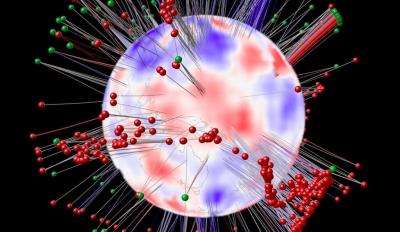

| Online: | |
| Visits: | |
| Stories: |

| Story Views | |
| Now: | |
| Last Hour: | |
| Last 24 Hours: | |
| Total: | |
Weather 3000 Kilometers Below Earth’s Surface More Varied Than Expected
The discovery of the regional variations in the lower mantle where it meets the core, which are up to three times greater than expected, will help scientists explain the structure of the Earth and how it formed.
“Where the mantle meets the core is a more dramatic boundary than the surface of the Earth,” said the lead researcher, Associate Professor Hrvoje Tkalčic, from The Australian National University (ANU).
“The contrast between the solid mantle and the liquid core is greater than the contrast between the ground and the air. The core is like a planet within a planet.” said Associate Professor Tkalčic, a geophysicist in the ANU Research School of Earth Sciences.
“The center of the earth is harder to study than the center of the sun.”
Temperatures in the lower mantle the reach around 3,000-3,500 degrees Celsius and the barometer reads about 125 gigapascals, about one and a quarter million times atmospheric pressure.
The team examined more than 4,000 seismometers measurements of earthquakes from around the world.
In a process similar to a CT scan, the team then ran a complex mathematical process to unravel the data and build the most detailed global map of the lower mantle, showing features ranging from as large as the entire hemisphere down to 400 kilometers across.
The team used the TerraWulf high-end computing cluster to generate their map.
Credit: Stuart Hay, ANU
“These images will help us understand how convection connects the Earth’s surface with the bottom of the mantle,” said Associate Professor Tkalčic.
“These thermal variations also have profound implications for the geodynamo in the core, which creates the Earth’s magnetic field.”
Dr. Hrvoje Tkalcic
Source: http://www.ineffableisland.com/2016/01/weather-3000-kilometers-below-earths.html





this is utter horsesh*t.
we do not live on a gd spinning ball!!!
there is no ‘core’.